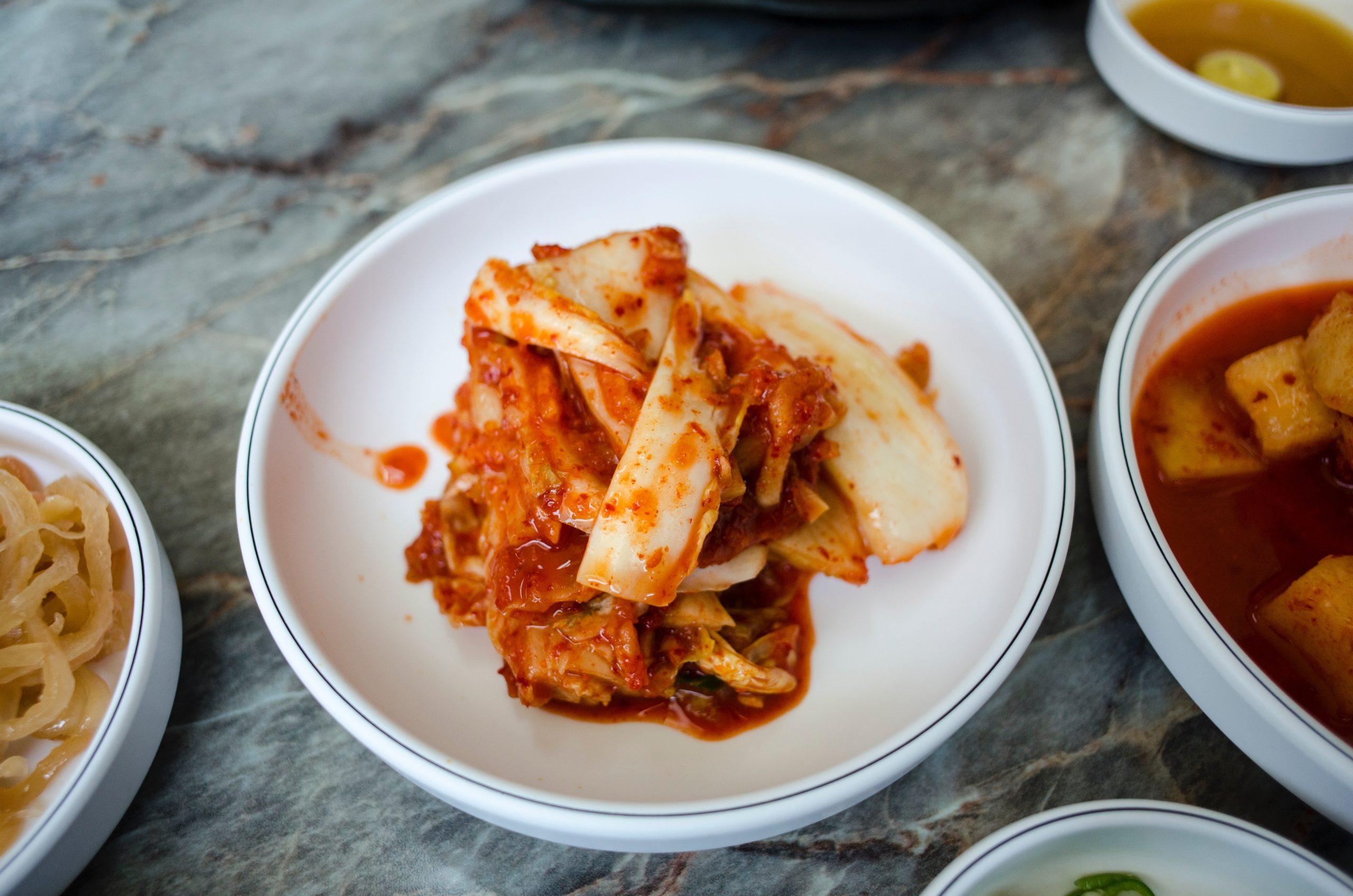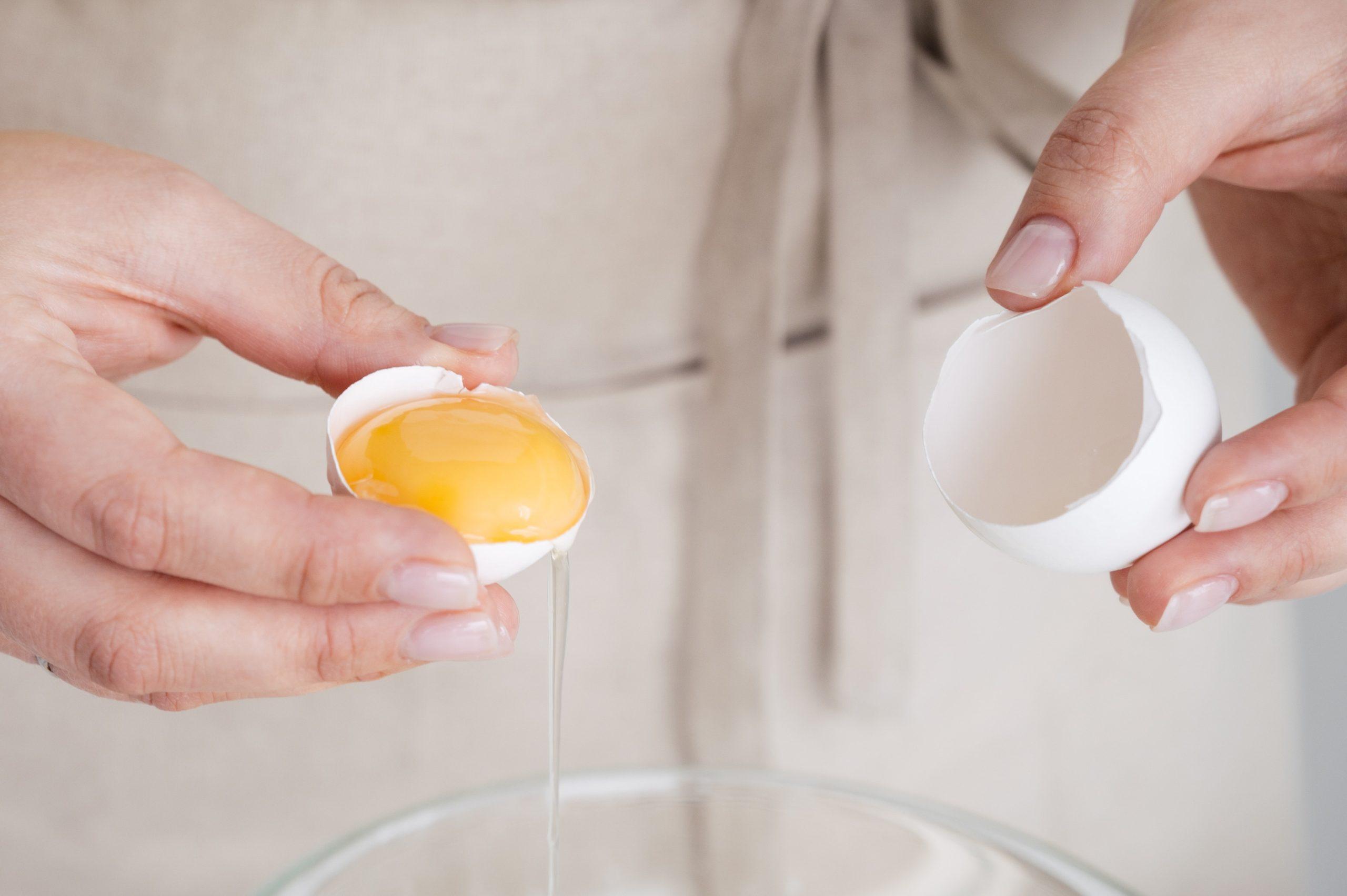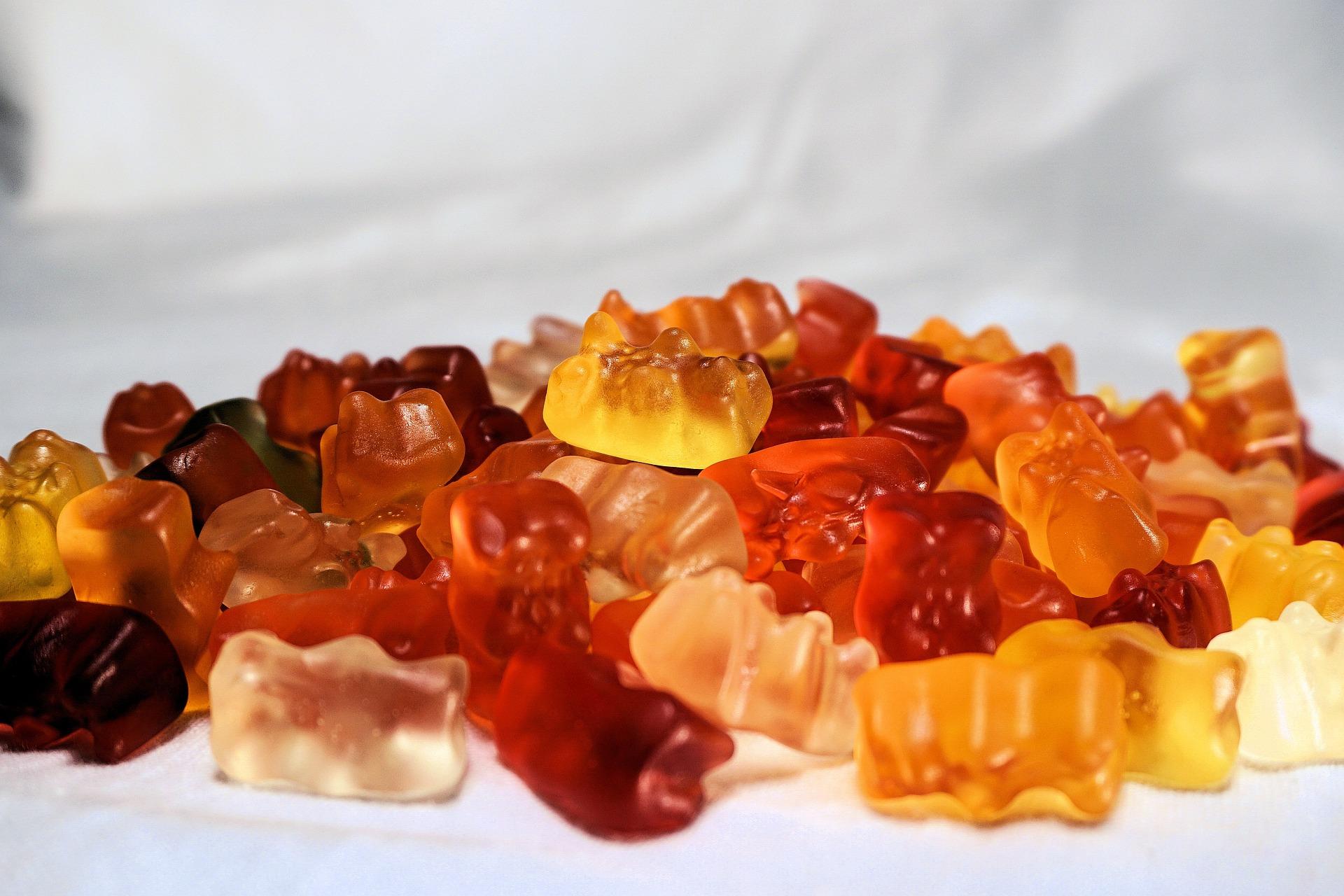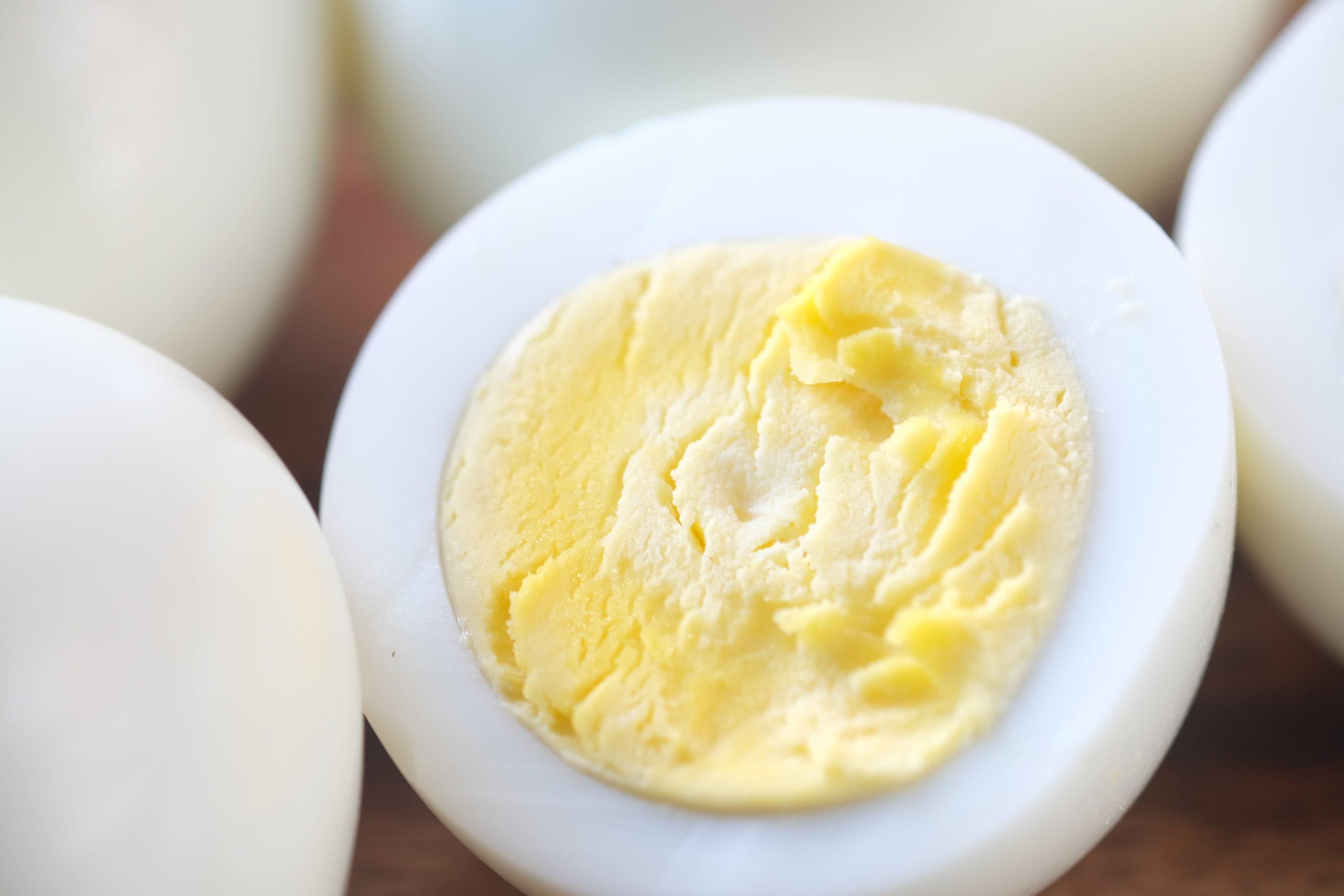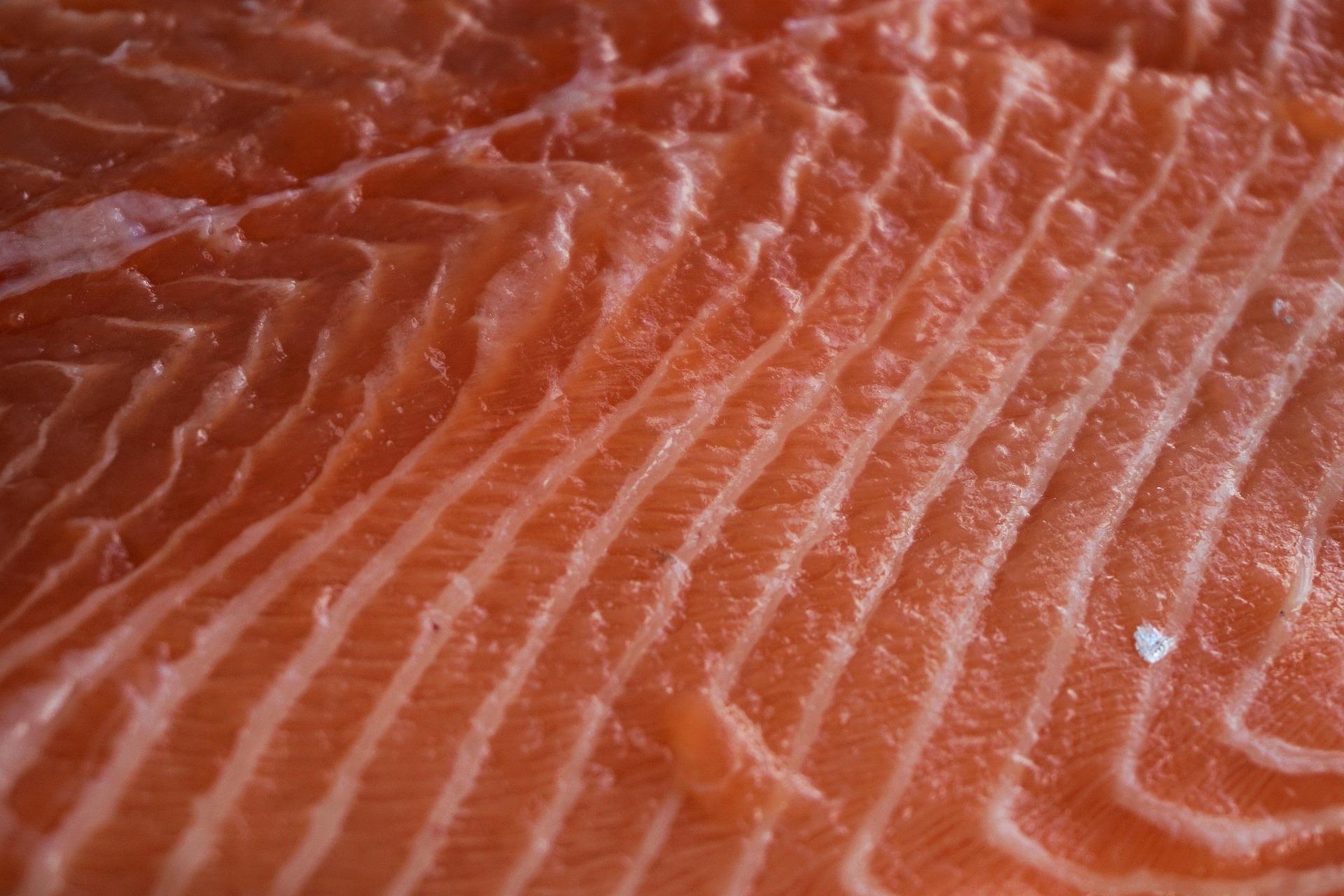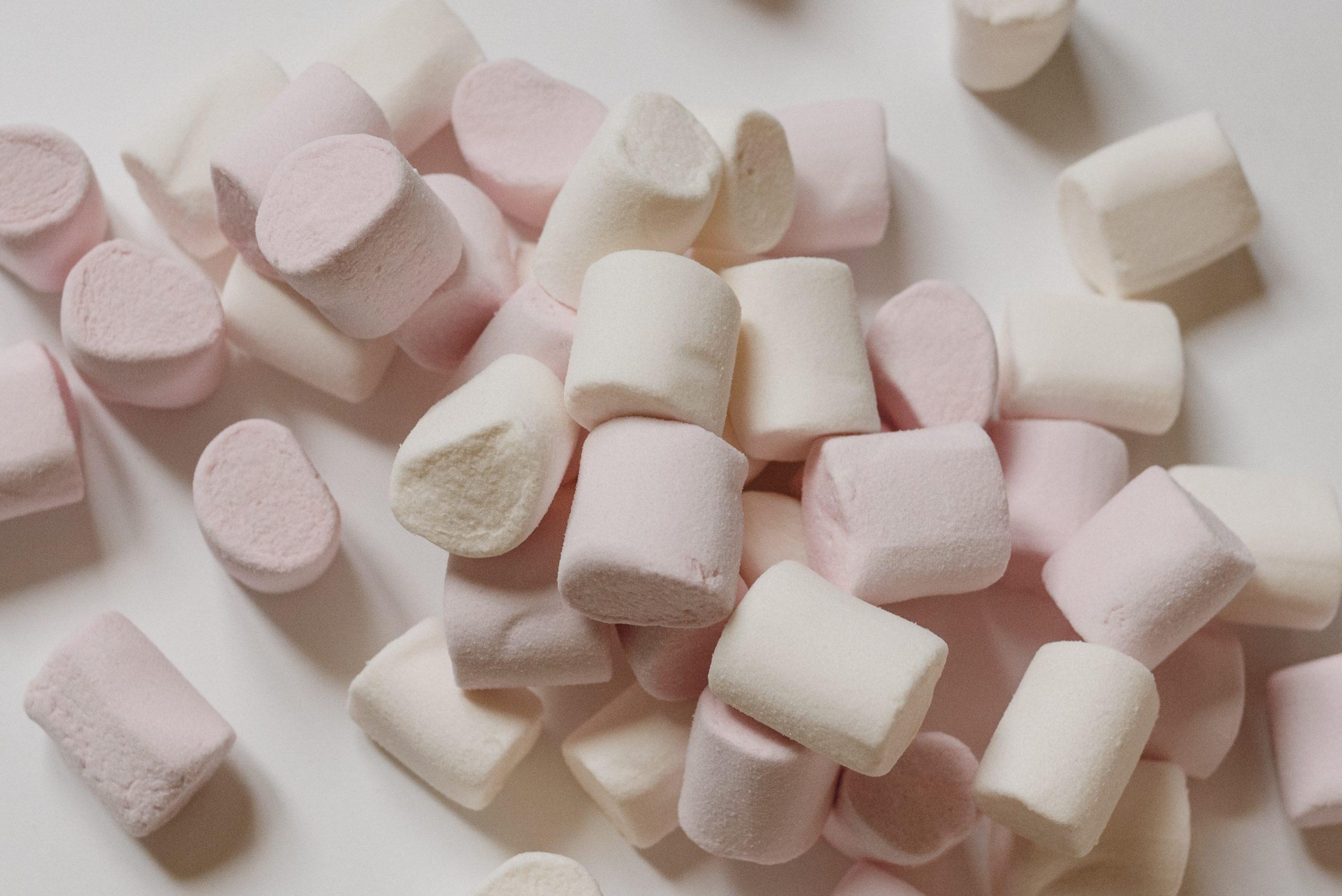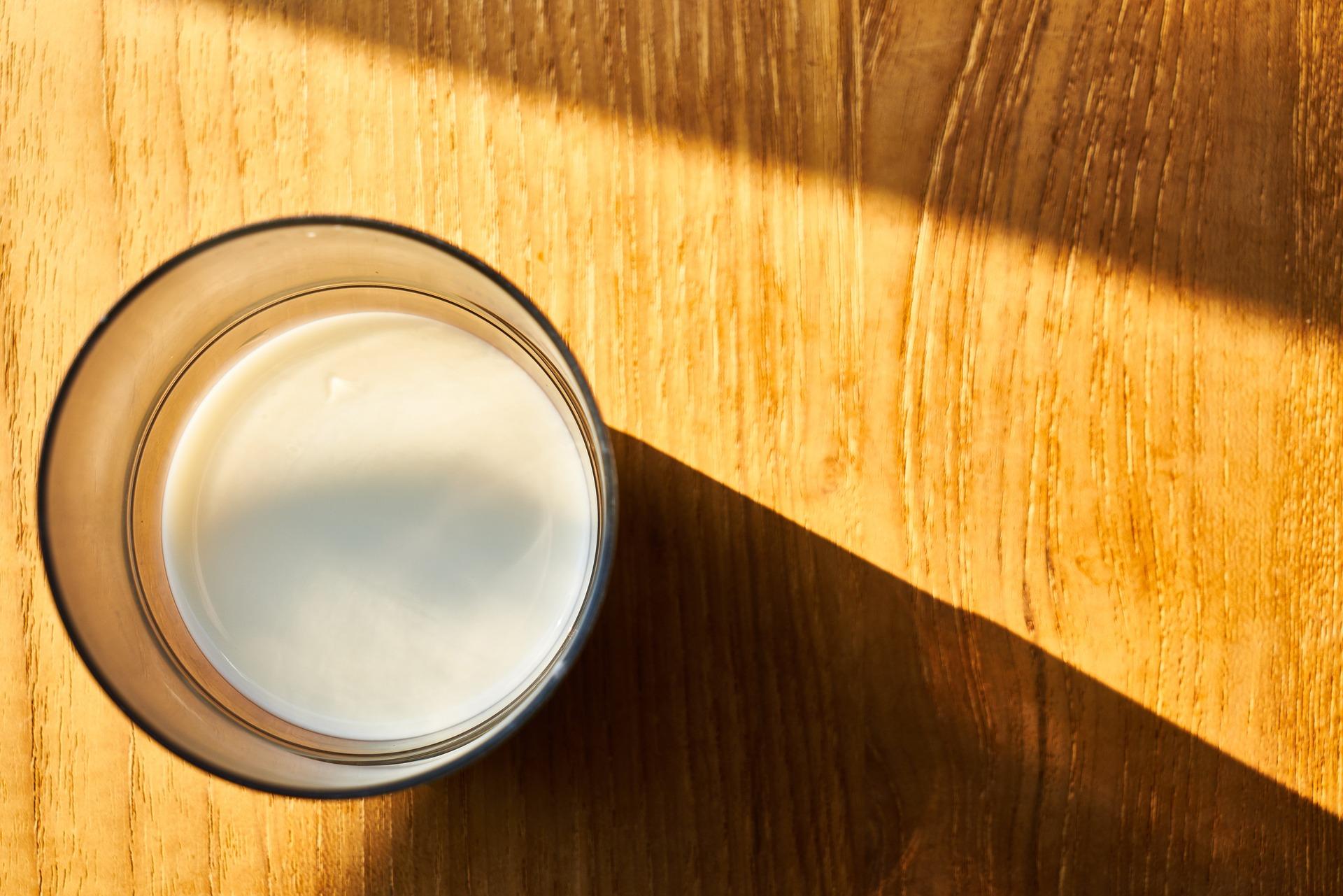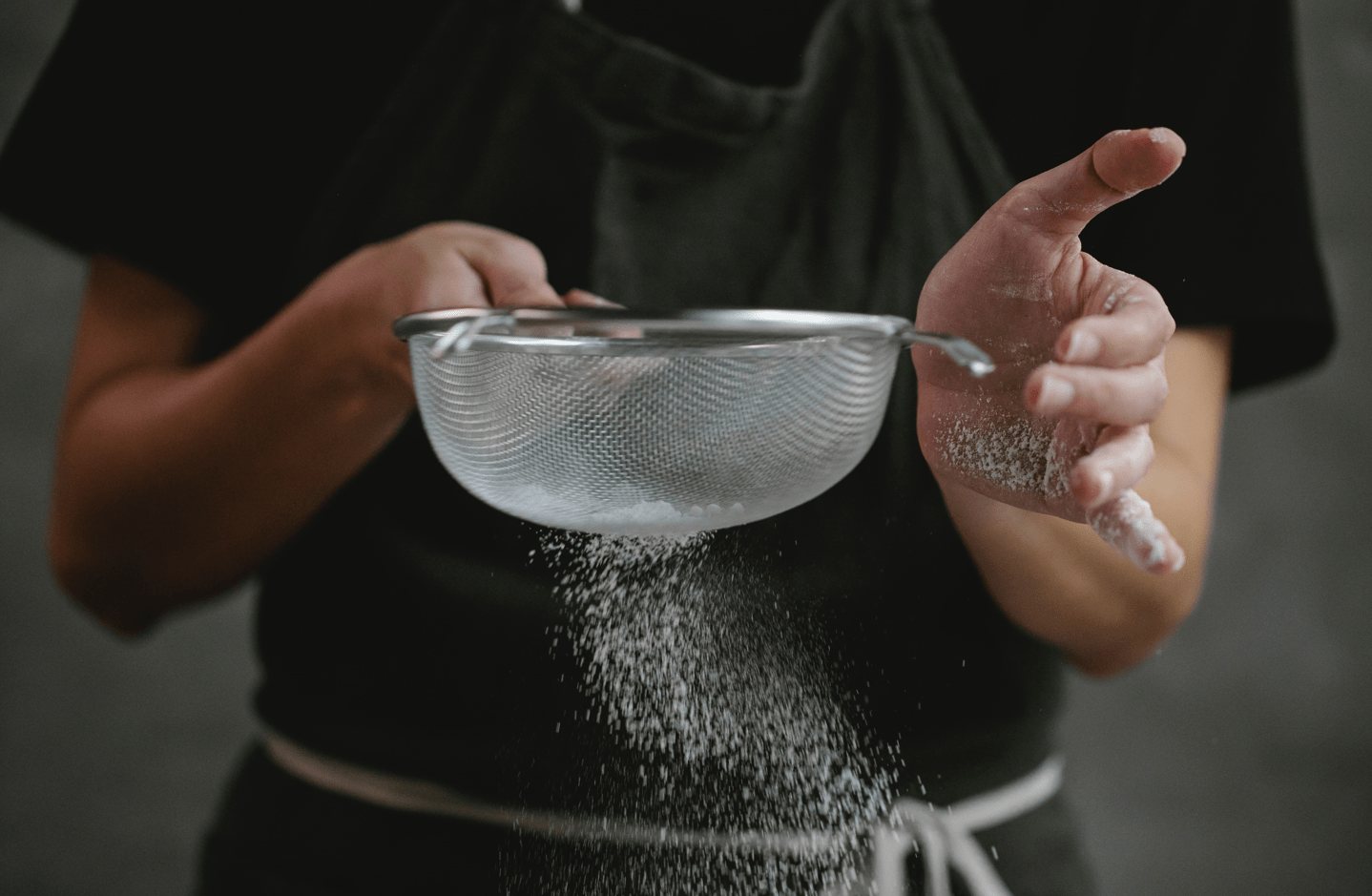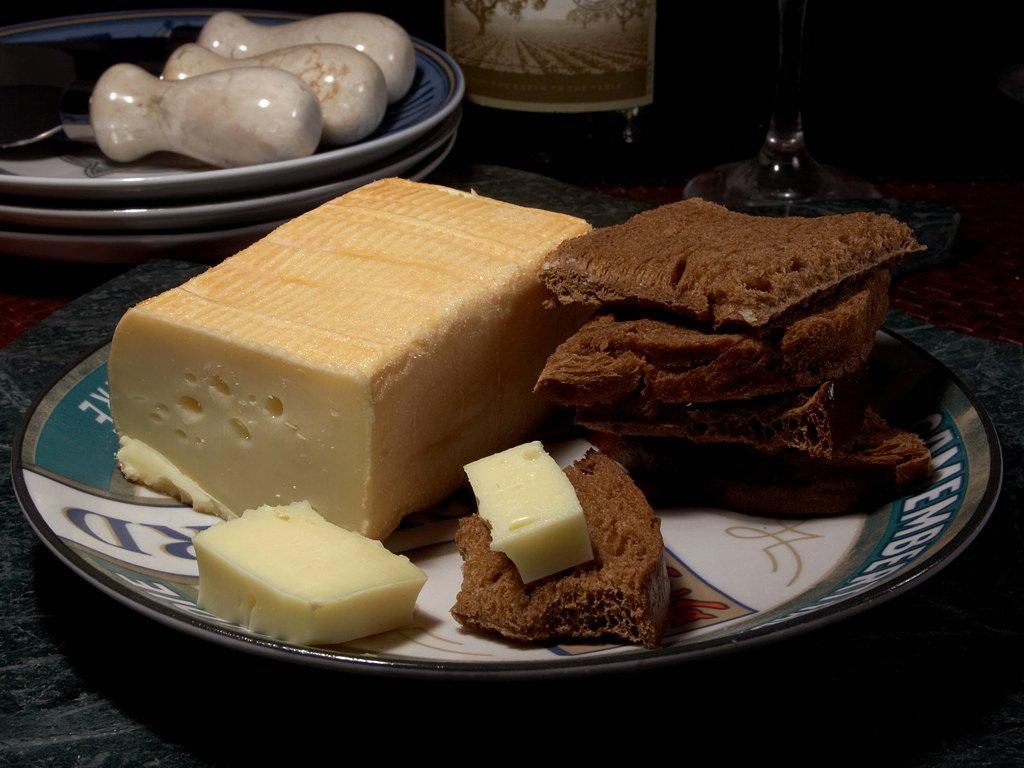Kimchi can have a very strong flavor that is both spicy and sour, depending on how it is made. But it is more than that. There are a lot of ingredients that may be included in the dish actually, and some of them give that familiar umami taste that balances the sourness and pungency
What Does Kimchi Taste Like?
